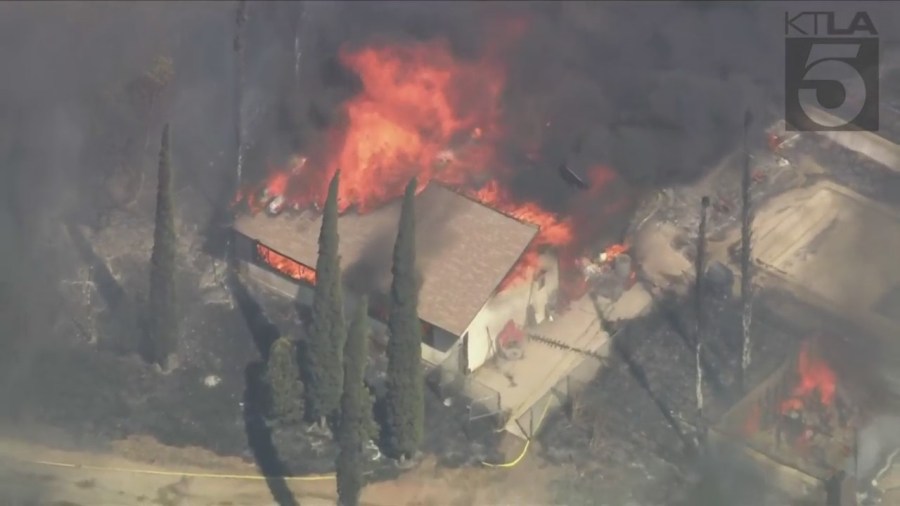Farmers Insurance has become the latest insurance company to back away from insuring homes in wildfire-prone California.
It follows Allstate and State Farm in similarly limiting exposure to climate change in the Golden State.
Farmers said in a statement that “with record-breaking inflation, severe weather events and reconstruction costs continuing to climb, we are focused on serving our customers while effectively managing our business.”
As of July 3, it said, “Farmers will limit new homeowners insurance policies in California to a level consistent with the volume we projected to write each month before recent market changes.”
Which is to say, if you’re seeking new coverage for a property, you may be out of luck if you want to do business with one of the top insurers.
So what can you do instead?
California offers insurance of last resort under a program called the FAIR Plan, which covers up to $3 million for a residential structure and its contents.
Needless to say, $1.5 million may not go far, especially for large homes in canyon areas. In some cases, it won’t be enough for the full replacement of a lost home and property.
Think of it like earthquake insurance. Coverage under the FAIR Plan costs a lot and covers relatively little. But it’s better than nothing, insurance-wise.
As it happens, the California Earthquake Authority announced Monday that it is limiting payouts in the event of a major temblor. The changes take effect on Nov. 1 for current customers and Aug. 1 for new customers.
And even if you still have wildfire coverage from one of the big insurers, it may be insufficient in terms of changes to the marketplace.
The insurance industry calls it “demand surge” — higher prices for repairs or rebuilding after a major disaster, such as a wildfire tearing through a residential area.

Contact your insurance broker to ask if your coverage reflects current market values or changes in commodity costs, such as lumber and concrete.
Always go higher than estimates. That is, if you’re told it could cost $200 per square foot to rebuild your house, insure yourself for at least $300 per square foot.
Ask your broker about a so-called extended replacement cost endorsement. This is additional coverage intended to accommodate at least a portion of unexpected cost increases.
Pro tip: Take your smartphone and walk around your home shooting a video of all your stuff.
Such a visual record can be invaluable if an insurer disputes, say, that you owned a wall-size TV or top-of-the-line kitchen appliances.
And if you have to evacuate, check to see if your insurance includes what’s known as ALE coverage, as in “additional living expenses.”
These can include costs such as hotel rooms, food and rentals.
One last thing: Make sure any evacuation plan includes your pets. Knowing in advance what to do can make all the difference when every minute counts.
Editor’s note: This story was updated to correct the FAIR Plan’s maximum coverage for a residential property.






















